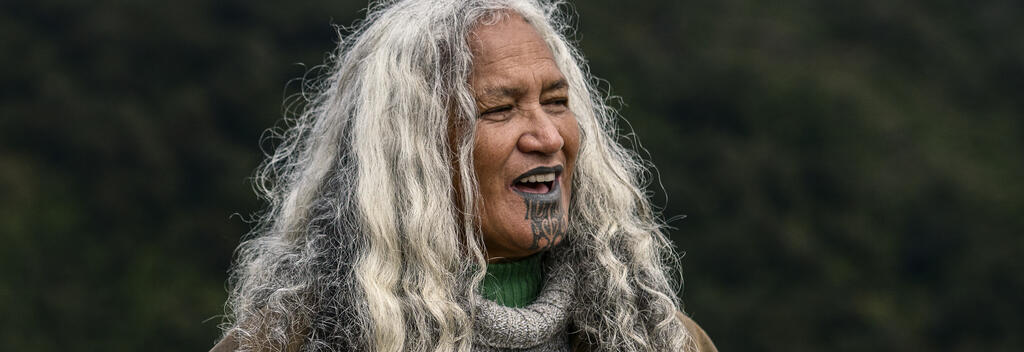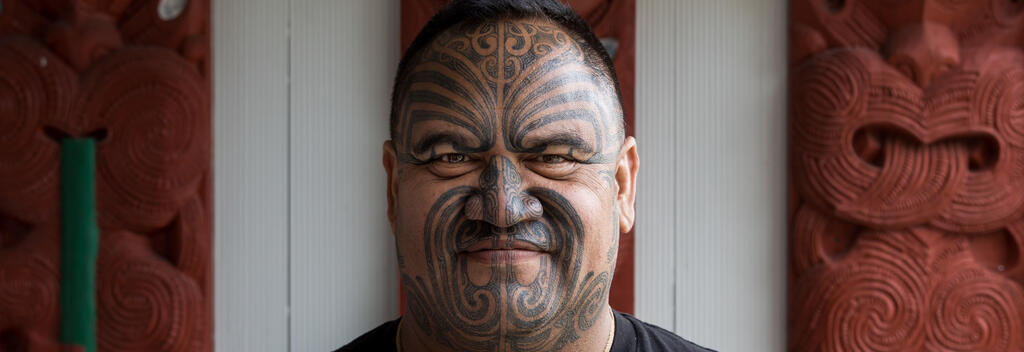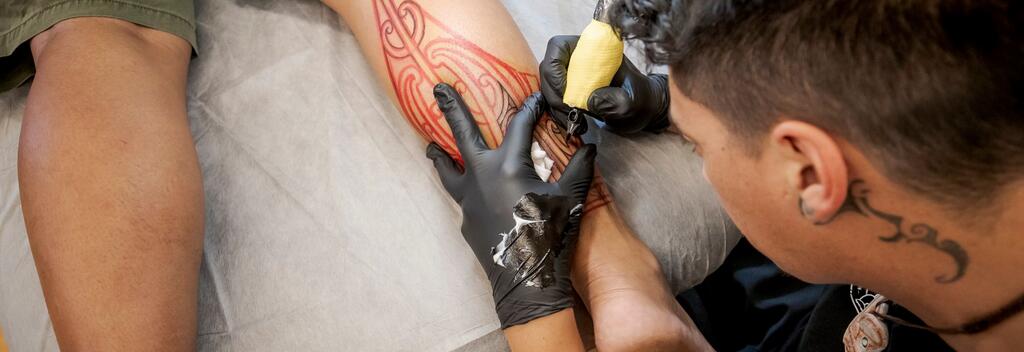-
Popular places to visit
Popular things to do
Helpful tips
Here's a few useful links to help with planning your trip to Aotearoa New Zealand.
-



Discover traditional Māori tattoos and the meanings behind the markings.


The centuries old tradition of tāmoko (Māori tattoo) is an important custom that is still practised today. Historically, these beautiful tattoos were a bit like a résumé, telling the wearer’s story through visual symbols. Today, the practice has evolved to be an expression of cultural pride and unity, often carried out to mark a significant occasion, such as university graduation or the passing of a family member. One thing that hasn’t changed though, is that to receive tāmoko is a great honour.


Tāmoko is worn on the face and body but the protocols for facial tattoos differ according to gender. Men receive moko kanohi on the entire face or just the lower half of the face, whereas women wear moko kauae on the chin and sometimes both the chin and lips. Nowadays, if woman is wearing tāmoko on the lips, it usually means she is a fluent speaker of the Māori language.


Māori migrated to New Zealand from the Pacific Islands around 800-1,000 years ago and brought with them the tradition of tattooing. But over time, Māori tattoos evolved to look very different from those of their Polynesian counterparts.
In the Pacific Islands, combs were used to lightly puncture the skin; while Māori used chisels to cut deeper into the skin and create grooved scars. They added distinctive spiral motifs that mirrored the shape of koru, a native New Zealand fern, giving their designs a less geometric appearance.
Māori also used different ingredients to make their tattoo ink, such as the soot of the awheto, a species of caterpillar, that was mixed with water, fish oil, or resin from mahoe (whitey wood) and poroporo (black nightshade). Facial tattooing required a darker ink, so instead of awheto they used pukepoto, a dark blue clay that gave the ink a blue appearance.


Traditionally, each tāmoko was unique, created to suit the status and character of the person who received it. Motifs, chosen for their symbolic meanings, told the story of the wearer’s ancestry, history, and achievements. For example, the koru (native fern) symbolised new life and growth and often represented a family member or loved one.


The practise of facial tāmoko declined from mid-19th century after being discouraged by European settlers who considered the practice to be unchristian. Today, the tradition has been revived, with many Māori, including prominent leaders and business people, choosing to receive moko kanohi and moko kauae. The art form is also gaining popularity among people of non-Māori ancestry; however, for them, the practice is called kirituhi, which denotes non-traditional tattooing that does not adhere to Māori protocols or use specific motifs.